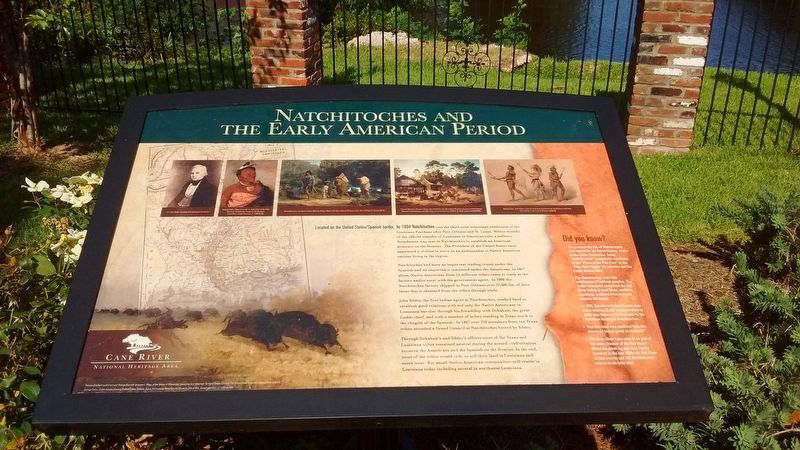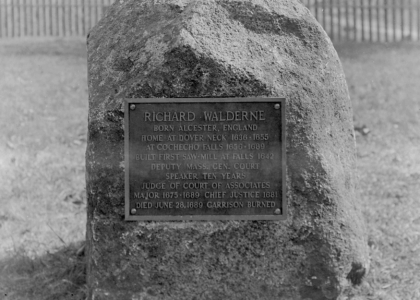Welcome to Natchitoches, a place where the echoes of early America still whisper through the streets. Nestled in the heart of Louisiana, Natchitoches holds the proud title of the oldest permanent settlement in the Louisiana Purchase. Founded in 1714 by French explorer Louis Juchereau de St. Denis, this charming city was strategically established as a trading post on the Red River, serving as a crucial link between French Louisiana and Spanish Texas.
The city’s origins are deeply intertwined with the complex colonial interactions of the time. As you walk through Natchitoches, imagine the bustling scenes of trade between French settlers and local Indigenous tribes, such as the Natchitoches and the Caddo. These exchanges were not just about goods; they were a melding of cultures, languages, and customs, setting the stage for the unique Creole culture that still thrives in the region today.
During the 18th century, Natchitoches was a focal point in the tug-of-war between European powers vying for control over North America. The city’s fort, Fort St. Jean Baptiste, played a pivotal role during these colonial confrontations, especially during the French and Indian War. It served as a military and economic hub, defending French interests against British encroachment and later, Spanish influence.
One notable figure who left his mark on Natchitoches was Jean Baptiste Le Moyne de Bienville, the French governor of Louisiana. His efforts in fortifying and expanding the settlement were crucial in maintaining French presence in the region. Additionally, the famed explorer and trader Louis Juchereau de St. Denis is celebrated for his adventurous spirit and diplomatic prowess, which were essential in establishing and maintaining the trading routes between the French and Spanish territories.
As the centuries rolled on, Natchitoches witnessed significant changes. With the Louisiana Purchase in 1803, the city transitioned from French to American hands, opening a new chapter in its history. This period saw the flourishing of plantations and the rise of cotton as a dominant economic force, a legacy still visible in the grand antebellum homes dotting the landscape.
Today, Natchitoches is a living museum of its storied past, where the blend of French, Spanish, African, and Native American influences are celebrated through its architecture, cuisine, and festivals. The city’s historic district, with its brick-paved streets and wrought-iron balconies, offers a picturesque journey back in time.
Whether you’re strolling along the banks of Cane River Lake or exploring the vibrant cultural heritage, Natchitoches remains a testament to the resilience and diversity of early American settlers. Its role in shaping the regional dynamics of the time, coupled with its rich tapestry of stories, ensures that Natchitoches continues to captivate visitors and historians alike.



